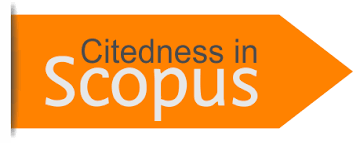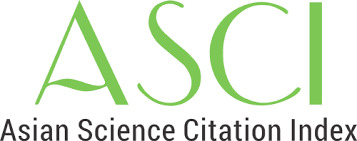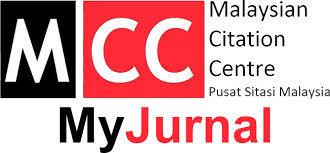Bridging the Gap: Addressing Gender Disparities in the Menstruation Knowledge and Awareness among IPTA Student
Keywords:
Menstruation, knowledge, awareness, genderAbstract
Menstruation is a natural biological process once in a month for every woman, yet many societies nevertheless view it negatively. In Islam, it recognized as normal physiological occurrence with instruction to women in doing religious responsibilities and interacting with others. Despite the prevalence of menstruation, the awareness and knowledge of menstruation varies significantly across men and women in Malaysia. This study was therefore conducted to evaluate the students' awareness and understanding of menstruation at the UiTM Cawangan Pulau Pinang, Bertam Campus. Additionally, the study evaluates demographic that may have an impact on students' knowledge about menstruation. In addition to this, the current study is to evaluate the degree of menstruation knowledge and awareness among IPTA Muslim students as well as the relationship between menstruation knowledge and awareness based on gender difference. A comparative cross-sectional survey was administered to 106 students at the Bertam Campus of UiTM Cawangan Pulau Pinang in June 2023. Students' characteristics, menstrual awareness, and knowledge were gathered through a questionnaire. The collected data were analysed with statistical methods that are both descriptive and inferential using Statistical Package for Social Sciences (SPSS) version 22. As a result, men and women had significantly different mean scores for all the menstruation-related knowledge domains. When it comes to all aspects of menstruation, women are more knowledgeable than males. Furthermore, a Mann-Whitney test was employed to examine the relationship between respondents' genders with their knowledge and awareness. Consequently, the results showed that for every domain of menstrual knowledge and awareness, there was a statistically significant difference between the male and female participants. In conclusion, their awareness and understanding of menstruation were influenced by their gender.















